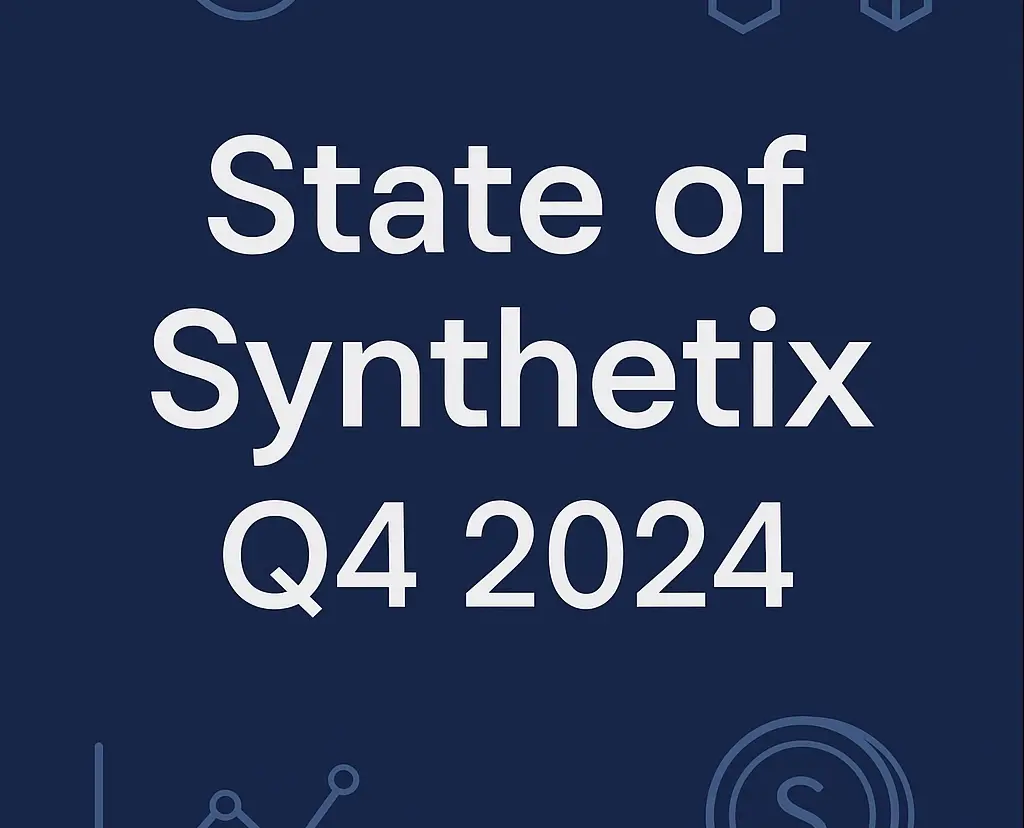Berachain, a MEME amusement park or a DeFi utopia?
Original Title: Berachain: Memetic Playground or DeFi Utopia?
Original Author: Arnav's Musings
Original Compilation: Deep Tide TechFlow

A team that attended a crypto conference wearing huge and ridiculous bear masks successfully raised seed funding at a valuation of $420.69 million, all to build another L1, but this time themed around marijuana-smoking bears. Yes, I completely understand the skepticism towards this idea; in fact, I thought it was very silly when I first heard about it.
My perspective changed only after I took the time to understand proof of liquidity and the power of the Bera community— not just about Berachain, but about how communities can fundamentally nurture, sustain, and independently thrive.
Introduction
Berachain is an L1 compatible with the Ethereum Virtual Machine (EVM), built on the Cosmos SDK, originating from the Bong Bears NFT series from 2021. From these memes emerged proof of liquidity, which is at the core of Berachain's mission.
Before you express skepticism about Berachain, ask yourself why you invest in other tokens? Why do some tokens maintain absurdly high fully diluted valuations (FDV) despite having only a handful of users? The answer is simple; I believe all tokens fall within this spectrum:

Cult = Community's investment of time + effort + money in an asset
PMF = Ongoing demand for a given protocol (or speculation on PMF)
Quadrant A = Sent to Valhalla
Quadrant B = Most high FDV tokens currently in cryptocurrency
Quadrant C = You might want to turn to AI
Quadrant D = Many tokens that will soon become middleware/infrastructure
Many cryptocurrencies have billions of FDV solely based on strong community support. Take Cardano as an example; despite having no users and total value locked (TVL), its FDV is around $18 billion, yet the Cardano community somehow continues to grow and gain recognition in the retail market. Other major asset-focused examples (besides memes) include Litecoin, Cronos, etc.
Is this a bad thing? Just like internet protocols (HTTPS, TCP/IP, etc.), blockchains themselves will ultimately become synonymous, meaning the main differentiator for launching a successful blockchain will be branding. People trust brands, so a blockchain either becomes a brand or fades away.
Bera Community
It goes without saying that Berachain has one of the strongest brands in the cryptocurrency space. But just how strong is it?


The market cap of the Bong Bear Genesis series and its new versions is over $150 million, with prices, volume, and holdings continuously increasing over the past two years.
One interesting anecdote is that early holders have received substantial returns (e.g., Chainlink, Axie, etc.), and your community thrives autonomously, almost forming its own life. Take "The Honey Jar" as an example, a project operated by the Berachain community led by Janitoor. Jani was initially a major holder of Bong Bears and now runs a team of over 20 people, attracting more than 100,000 users to join the Berachain ecosystem.
The Honey Jar
The Honey Jar, or THJ, is the core of the Berachain community, founded by Jani in January 2023. During the bear market, THJ worked hard like any other project, creating countless legendary articles, competitions, podcasts, spaces, NFT minting, etc., gradually establishing one of the most productive communities in the crypto space. At the heart of this community is an NFT collection called "Honeycomb," consisting of 16,420 NFTs, serving as the "benefit aggregator" of the THJ ecosystem.

An interesting statistic about the NFT collection: 4,229 people received NFTs for free, with 1,569 holding for over a year despite prices exceeding 0.6 ETH. In addition to the NFT collection, the community has run many social experiments on Mirror and Zora, allowing community members to mint THJ legendary articles/assets. THJ quickly became the highest-earning author on Mirror, with over 25% of all Mirror fundraising being THJ assets.

The THJ community also dominates on Zora's Base and Optimism.
Essentially, the THJ "community (and the extended Berachain)" proves to have a higher "cult" index than any other project: they are willing to spend significant time, energy, and money.
But why go through all this trouble before the mainnet?
Janitoor (@deepname99) stated, "THJ's strategy has always been to create outposts in large communities and protocols and L1s, allowing others to experience Beraculture and Berapil, giving them the opportunity to earn some fur in the game, creating a wormhole to Berachain ('Berachain is the target chain')."
Jani made this argument over a year ago, emphasizing the importance of preparing for the influx of new users and capital by providing them with rich content. A year later, this assertion has been validated.
What’s the takeaway? I can only say that very few projects (if any) possess a superweapon like THJ.
Ecosystem

There is a rich community consisting of over 60 exclusive Berachain projects: from re-staking protocols, independent games, money markets, NFT AMMs, liquidity aggregators, launchpads, and more. Additionally, there are many venture-backed native Berachain projects, including Infrared Finance, Kodiak, Beraborrow, Gummi, Beratone, etc.
Other examples of Berachain community efforts include The HoneyCast, a native Berachain podcast that has recorded shows for about two years; Beraland, a community-operated Berachain Discord hub/project aggregator, etc.
In addition to the thriving native Bera ecosystem, any existing EVM dApp can be easily ported to Berachain. Some multi-chain deployments include Ambient, Thetanuts, Concrete… and many more yet to be announced.
Of course, it’s hard to talk about the Bera ecosystem without mentioning Berapalooza, the hottest event at ETH Denver, which has now become a core hotspot for Framework, co-leading the latest round of funding.
So, Berachain has memes, so what?
I won’t sit here and pitch you a groundbreaking EVM-compatible CometBFT chain. I believe establishing EVM compatibility and integrating existing tech stacks is key. However, I can say that proof of liquidity (PoL) is a generational experiment in DeFi.
ELI5 Proof of Liquidity
PoL is a novel reward mechanism designed to align users, dApps, and validators. In short, users hold/mint LP tokens and earn BGT, which can be delegated to validators, who receive block rewards proportional to their BGT stake. Thus, security is directly tied to liquidity. More specifically, refer to:

Proof of Stake (PoS) networks still have some limitations:
Increasing the economic security of the chain reduces ecosystem liquidity.
Stakes are concentrated among a few participants (LSTs/NoOps).
Lack of coordination between dApps and underlying protocols.
PoL aims to address the issues associated with PoS by introducing a dual-token model that separates the network token (BERA) from the governance token (BGT). With this separation, we can:
Systematically build liquidity while improving security, which aids efficient trading and sustainable network growth.
Align protocols and validators, achieving excellent coordination of incentives through LP pools, bribery, governance tokens, etc.

The most exciting part of PoL is that it allows any dApp to "accelerate" its growth in a utilitarian way, a decision made by those who initially provided "value" or liquidity to the ecosystem, namely BGT holders (i.e., users).
It should be clarified that the goals of ETH and Berachain are fundamentally different. ETH aims to be the censorship-resistant layer for all value accumulation, while Berachain aims to be the canvas for infinite economic games. Furthermore, Berachain has stated that it is an ETH-adjacent chain.
That’s great, but won’t the chain suffer a major blow due to impermanent loss?
I hear many people familiar with PoL say that Berachain won’t suffer a major blow from impermanent loss because network security relies on staking/minting LP tokens, right?
First, I want to say that there is no silver bullet for the LP profitability issue. DEX designs are rapidly improving, and we are also seeing the rise of MEV-aware designs that return value to the application layer, but the LP profitability issue remains fundamentally unresolved.
So will Berachain collapse over time? I don’t think so, here’s why:
Besides providing liquidity for DEXs, there are other ways to earn BGT. Various venues will be whitelisted (WL) for BGT emissions, whether they are money markets, options protocols, etc. *Note that any dApp (native or not) can be WL for BGT emissions.
In contrast to the MEV-Boost paradigm where proposers monopolize on ETH, PoL incentivizes validators (and even protocols) to return most profits to users. So, while LPing itself may not be profitable, LPs may receive sufficient kickbacks through validator bribes or increased block rewards. Therefore, I believe Berachain is the canvas for infinite economic games because users' money will ultimately return to the users.
Finally, there are some options to hedge against temporary losses from BGT-generated LPs. Smilee Finance and GammaSwapLabs have committed to providing such products on Berachain.
Note that there will also be stable pools providing secure yield sources.
What if most of the liquidity leaves the ecosystem?
BGT will not stop producing. Instead, it will flow to smaller, more concentrated LP groups at extremely high annual rates. Thus, speculators are likely to keep Berachain somewhat balanced.
Unlike PoS networks, where network rewards are primarily accumulated by experienced actors, PoL brings value to its users, thereby promoting the long-term health of the DeFi ecosystem as liquidity attracts liquidity.
So will Berachain work? Skepticism towards a $0.1 trillion FDV
Honestly, I don’t know if Berachain will work. I have several concerns:
I believe PoL can only work as expected in an efficient market.
Similar to LRT, I wonder how many behind-the-scenes deals will occur to gain more BGT authorizations/emissions.
There may be stake concentration around a single LST provider.
But here’s what I want to say. As someone who has worked in the DeFi space for over six years, Berachain is one of the largest and most pioneering DeFi experiments I have ever seen. While we don’t yet know what games will be played, I am very much looking forward to seeing these Beras drive the development of cryptocurrency.










